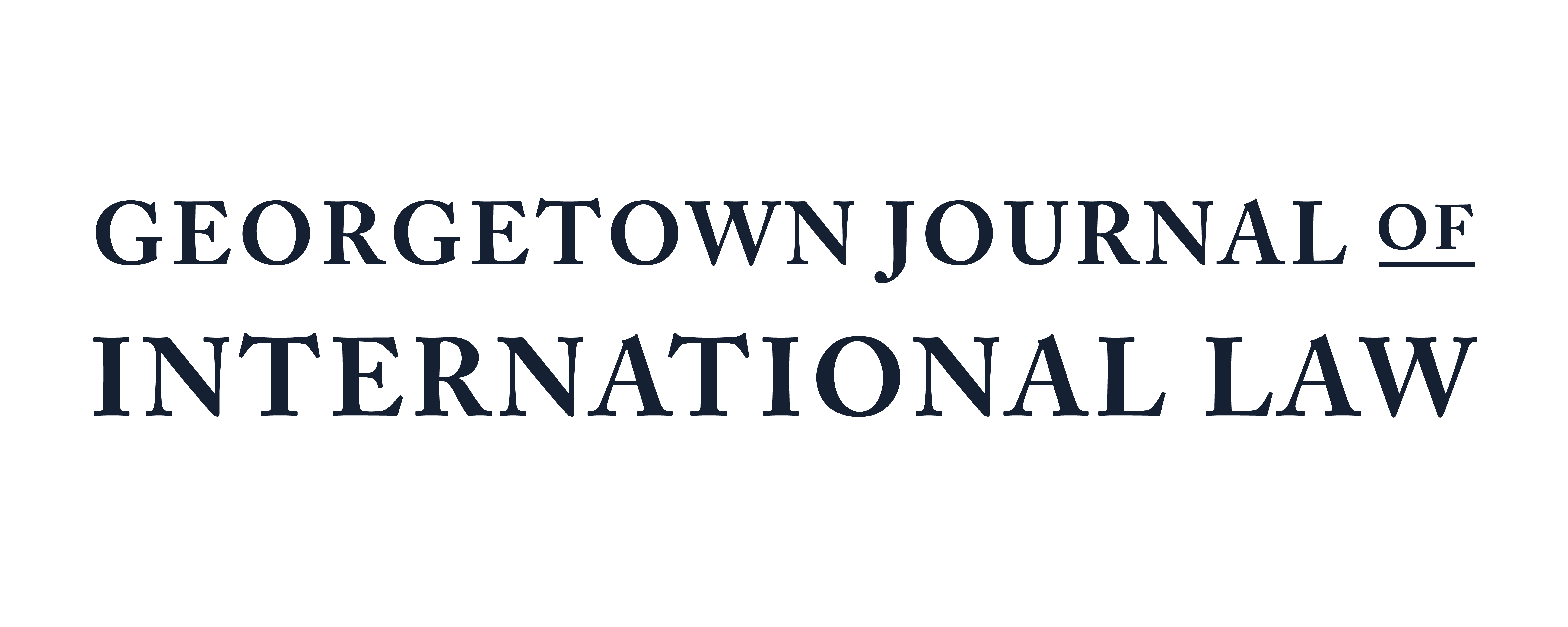International Law and Political Science: A Retelling
International law and political science are deeply intertwined disciplines. At its core, international law studies the norms and institutions that form the international order. Political science—especially the subfield of international relations—studies the behavior of various stakeholders in relation to those norms and institutions. Both perspectives are essential for making sense of conflict, cooperation, compliance, governance, changes in the law, and much more. Yet international lawyers and political scientists have long struggled to define the relationship between the fields and realize the full potential of their synergies.
There were times in which the two disciplines were siloed within the academy, prompting high-profile calls—spearheaded by dually trained scholars—to break down the silos. These calls obscured the fact that interdisciplinary international law and political science scholarship had long hidden in plain sight. Legal scholars routinely drew on political science to study the law, and political scientists took interest in legal phenomena without the bells and whistles of high-profle efforts to focus attention on interdisciplinary scholarship.
This Essay traces the trajectory of interdisciplinary scholarship in international law and political science over time. Contrary to common perception, early U.S. international relations theorists from the realist school, like Hans Morgenthau, were preoccupied with the relationship between
law and power. Influential international law schools of thought, particularly the New Haven School, likewise focused on the interplay between power, politics, and law.4 But it was not until the end of the Cold War that full-throated calls for better integration of international law and political science gained prominence within the international law community.
Continue Reading “International Law and Political Science: A Retelling“
Subscribe to GJIL
